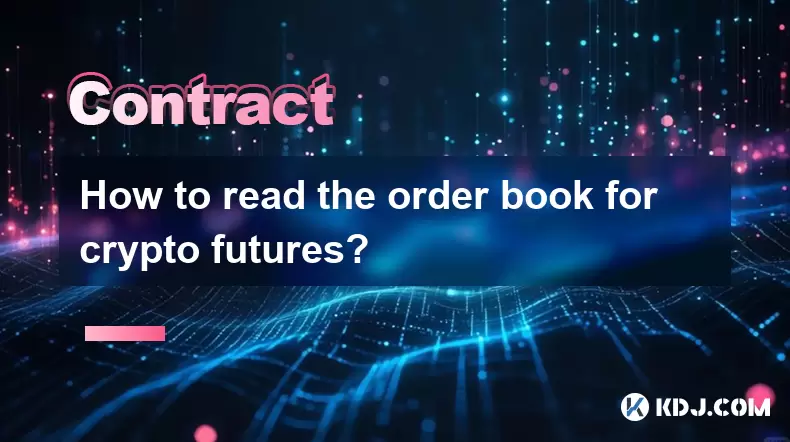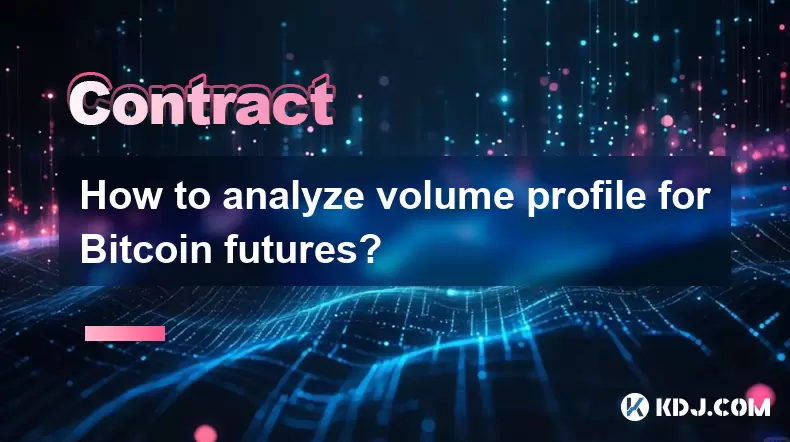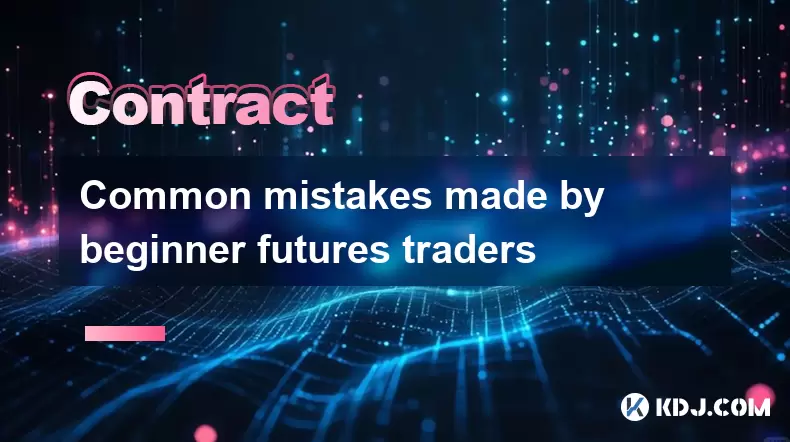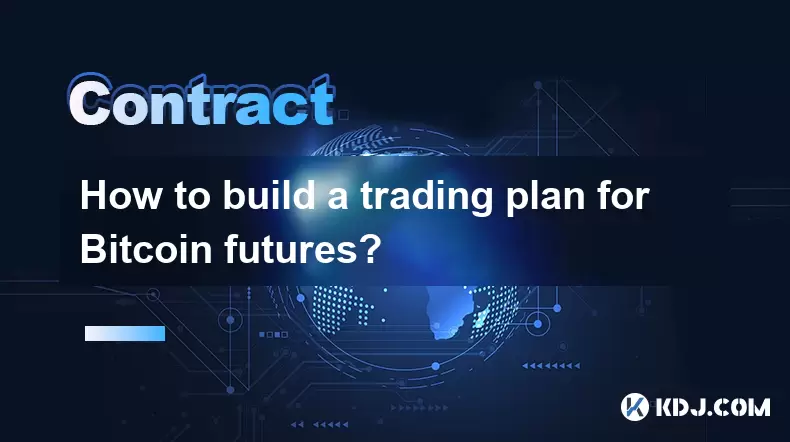-
 Bitcoin
Bitcoin $118,841.1054
1.02% -
 Ethereum
Ethereum $3,364.2689
7.44% -
 XRP
XRP $3.0337
3.93% -
 Tether USDt
Tether USDt $1.0004
0.04% -
 BNB
BNB $708.2059
2.49% -
 Solana
Solana $173.2385
5.74% -
 USDC
USDC $0.9999
-0.01% -
 Dogecoin
Dogecoin $0.2121
6.85% -
 TRON
TRON $0.3090
2.81% -
 Cardano
Cardano $0.7628
2.25% -
 Hyperliquid
Hyperliquid $46.8391
-2.08% -
 Stellar
Stellar $0.4537
0.15% -
 Sui
Sui $3.9529
-2.88% -
 Chainlink
Chainlink $16.6414
3.72% -
 Hedera
Hedera $0.2354
1.52% -
 Bitcoin Cash
Bitcoin Cash $499.1285
0.43% -
 Avalanche
Avalanche $22.6400
0.57% -
 Shiba Inu
Shiba Inu $0.0...01438
4.88% -
 UNUS SED LEO
UNUS SED LEO $8.8507
-0.64% -
 Toncoin
Toncoin $3.1498
2.35% -
 Litecoin
Litecoin $97.4954
1.21% -
 Polkadot
Polkadot $4.1541
1.50% -
 Monero
Monero $331.4406
-1.03% -
 Pepe
Pepe $0.0...01350
5.24% -
 Uniswap
Uniswap $8.9103
-5.01% -
 Bitget Token
Bitget Token $4.7540
4.51% -
 Dai
Dai $0.9999
-0.02% -
 Ethena USDe
Ethena USDe $1.0008
0.00% -
 Aave
Aave $322.3328
-1.63% -
 Bittensor
Bittensor $431.8026
-0.50%
How to read the order book for crypto futures?
Researchers have discovered a new species of deep-sea coral off the coast of California, offering insights into marine biodiversity and ecosystem resilience.
Jul 10, 2025 at 11:49 pm

Understanding the Basics of a Crypto Futures Order Book
To effectively read the order book for crypto futures, it is essential to understand its core components. The order book is a real-time ledger that displays all open buy and sell orders for a specific cryptocurrency futures contract. Each entry represents an intention by traders to either buy at a certain price (bid) or sell at a specified price (ask). The depth of the order book reflects market liquidity and potential price movements.

The left side typically shows the bid prices, while the right side lists the ask prices. Between them lies the mid-price, which is often used as a reference point for current market valuation.
Interpreting Bid and Ask Prices in Futures Trading
In crypto futures markets, the bid price indicates the highest price a buyer is willing to pay for a futures contract at any given moment. Conversely, the ask price shows the lowest price at which a seller is ready to part with their contract. These values are crucial because they reflect supply and demand dynamics.
- Bid size refers to the number of contracts buyers want to purchase at a particular price.
- Ask size indicates how many contracts sellers are offering at a specific level.
A large bid size compared to the ask might suggest strong buying pressure, potentially pushing the price upward. On the other hand, a dominant ask side could indicate selling pressure, possibly leading to a price drop.
Analyzing Order Book Depth for Market Insights
Order book depth is a visual representation of cumulative buy and sell orders at different price levels. This feature allows traders to gauge where significant support and resistance zones may form.
Here’s how to interpret order book depth:
- Look for clusters of bids or asks—these represent psychological levels where traders are likely to react.
- A sudden disappearance of depth at a key level can signal institutional activity or large players manipulating the market.
- Increasing depth on the bid side suggests accumulating interest, whereas rising depth on the ask side implies distribution.
Some platforms provide a heatmap-style visualization, helping users quickly identify areas with high concentrations of orders.
Recognizing Liquidity Pools and Hidden Orders
Liquidity is vital when reading order books for crypto futures. A liquid market ensures that trades can be executed without causing drastic price swings. However, not all liquidity is visible.
- Visible liquidity consists of public orders displayed in the order book.
- Hidden liquidity involves large orders masked from view to prevent manipulation or slippage.
Traders should also be aware of iceberg orders, which only show a small portion of the total volume available. These can distort perception if not accounted for properly.
When analyzing liquidity:
- High liquidity around the current price ensures smoother trade execution.
- Low liquidity regions may lead to increased volatility and unexpected price gaps.
Utilizing Order Book Data for Trade Execution Strategies
Reading the order book isn’t just about observation—it's about actionable insights. Traders use this data to develop strategies based on perceived market sentiment.
Here’s how you can apply order book analysis practically:
- Place limit orders near strong bid clusters to capitalize on potential upward momentum.
- Avoid entering positions when there’s heavy selling pressure evident in the ask.
- Watch for rapid changes in order placement patterns, which may precede trend reversals.
Some advanced traders combine order book analytics with technical indicators like volume profile or time-and-sales data to refine their decision-making process further.
Frequently Asked Questions (FAQs)
Q: Can I rely solely on the order book for trading decisions?
While the order book provides valuable insights into market structure and sentiment, it should be used alongside other tools such as chart patterns, volume analysis, and risk management techniques for more robust decision-making.
Q: Why do some exchanges have thinner order books than others?
Thin order books usually result from lower trading volumes or less popular pairs. Exchanges with fewer participants naturally exhibit reduced liquidity across various price levels.
Q: How does latency affect order book accuracy?
High-frequency traders and algorithms can update orders faster than retail traders, sometimes creating misleading impressions in real-time order books. Delays in data feeds can cause discrepancies between what’s displayed and actual market conditions.
Q: Are there tools or platforms specialized in advanced order book analysis?
Yes, several platforms offer enhanced order book features including depth charts, heatmaps, and iceberg detection tools. Examples include Bybit, Binance Futures, and specialized third-party analytics services like Glassnode or Skilling.
Disclaimer:info@kdj.com
The information provided is not trading advice. kdj.com does not assume any responsibility for any investments made based on the information provided in this article. Cryptocurrencies are highly volatile and it is highly recommended that you invest with caution after thorough research!
If you believe that the content used on this website infringes your copyright, please contact us immediately (info@kdj.com) and we will delete it promptly.
- California Dreamin' Web3: Coinbase, Ripple, and the Golden State's Crypto Embrace
- 2025-07-17 10:30:12
- Navigating the Base Ecosystem: Investment Targets and Strategic Restructuring
- 2025-07-17 10:50:12
- Whale Trading, Market Impact, and Cryptocurrency: Navigating the Waters
- 2025-07-17 10:50:12
- Trump, World Liberty Financial, and the WLFI Token: From Locked to Listed?
- 2025-07-17 10:55:12
- Meme Coins in 2025: Investing in the Hype or the Future of Crypto?
- 2025-07-17 11:10:12
- Talos Acquires Coin Metrics: A Major Move in Crypto Consolidation
- 2025-07-17 11:00:12
Related knowledge

What is a stablecoin-margined contract vs a coin-margined contract?
Jul 15,2025 at 06:36pm
Understanding the Difference Between Stablecoin-Margined Contracts and Coin-Margined ContractsIn the world of cryptocurrency derivatives, margin plays...

How to analyze volume profile for Bitcoin futures?
Jul 17,2025 at 01:21am
Understanding Volume Profile in Bitcoin Futures TradingVolume profile is a crucial analytical tool used by traders to assess the distribution of tradi...

How to backtest a Bitcoin futures trading strategy?
Jul 15,2025 at 11:35am
Understanding Bitcoin Futures TradingBitcoin futures trading involves contracts to buy or sell Bitcoin at a predetermined price and date in the future...

Common mistakes made by beginner futures traders
Jul 17,2025 at 07:49am
Overleveraging Without Understanding the RisksOne of the most frequent mistakes made by beginner futures traders is overleveraging their positions. Fu...

Psychology of trading Bitcoin contracts
Jul 13,2025 at 02:50am
Understanding the Emotional Rollercoaster of Bitcoin Futures TradingBitcoin contract trading, especially in the form of futures, introduces a high lev...

How to build a trading plan for Bitcoin futures?
Jul 17,2025 at 08:42am
Understanding Bitcoin Futures TradingBitcoin futures are derivative contracts that allow traders to speculate on the future price of Bitcoin without o...

What is a stablecoin-margined contract vs a coin-margined contract?
Jul 15,2025 at 06:36pm
Understanding the Difference Between Stablecoin-Margined Contracts and Coin-Margined ContractsIn the world of cryptocurrency derivatives, margin plays...

How to analyze volume profile for Bitcoin futures?
Jul 17,2025 at 01:21am
Understanding Volume Profile in Bitcoin Futures TradingVolume profile is a crucial analytical tool used by traders to assess the distribution of tradi...

How to backtest a Bitcoin futures trading strategy?
Jul 15,2025 at 11:35am
Understanding Bitcoin Futures TradingBitcoin futures trading involves contracts to buy or sell Bitcoin at a predetermined price and date in the future...

Common mistakes made by beginner futures traders
Jul 17,2025 at 07:49am
Overleveraging Without Understanding the RisksOne of the most frequent mistakes made by beginner futures traders is overleveraging their positions. Fu...

Psychology of trading Bitcoin contracts
Jul 13,2025 at 02:50am
Understanding the Emotional Rollercoaster of Bitcoin Futures TradingBitcoin contract trading, especially in the form of futures, introduces a high lev...

How to build a trading plan for Bitcoin futures?
Jul 17,2025 at 08:42am
Understanding Bitcoin Futures TradingBitcoin futures are derivative contracts that allow traders to speculate on the future price of Bitcoin without o...
See all articles

























































































